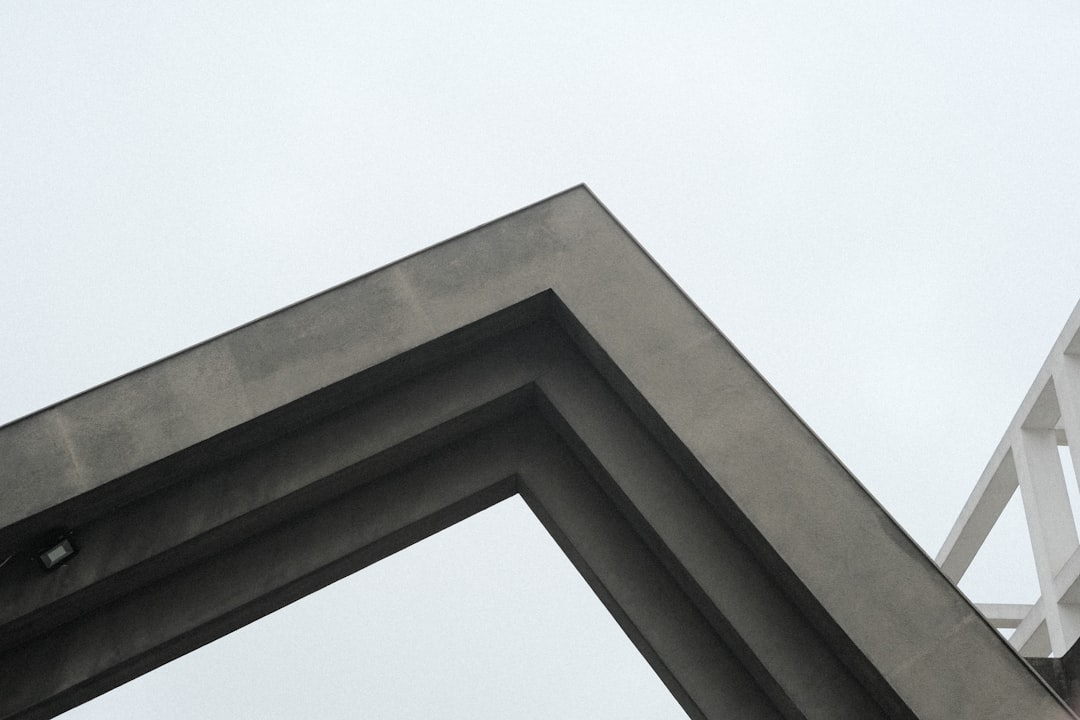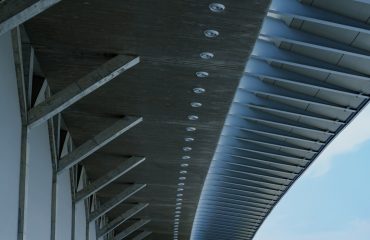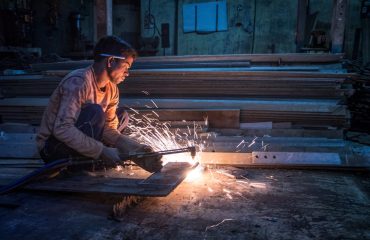Structural steel. The very words evoke images of towering skyscrapers and robust bridges. But its benefits extend far beyond impressive visuals. From residential buildings to industrial complexes, structural steel offers a compelling combination of strength, durability, and efficiency that makes it a cornerstone of modern construction. This post delves into the key advantages of choosing structural steel for your next project.
Unmatched Strength and Load-Bearing Capacity
One of the most significant benefits of structural steel is its exceptional strength-to-weight ratio. This means that steel can support incredibly heavy loads while remaining relatively lightweight compared to other materials like concrete or masonry. This is crucial for high-rise buildings, long-span bridges, and other structures requiring significant load-bearing capacity. The inherent strength of steel allows for the creation of slender, elegant designs that maximize usable space while maintaining structural integrity. Furthermore, steel’s predictable behavior under stress allows engineers to accurately model and analyze its performance, ensuring safety and stability.
The high tensile strength of steel allows for longer spans and fewer supporting columns, leading to more open and flexible floor plans. This is particularly advantageous in commercial and industrial settings where maximizing space is a primary concern. The use of high-strength steel grades further enhances this capability, enabling even more ambitious designs and reducing material requirements.
Exceptional Durability and Longevity
Structural steel boasts remarkable durability and longevity. With proper protection against corrosion through techniques like galvanization or painting, steel structures can withstand the ravages of time and the elements for decades, even centuries. This long lifespan translates to reduced maintenance costs and a significant return on investment over the building’s life cycle. Unlike some materials that degrade over time, steel retains its strength and structural integrity, making it a reliable choice for long-term projects.
The resilience of steel to various environmental factors, including extreme temperatures and seismic activity, further contributes to its long-term performance. Properly engineered and protected steel structures can withstand earthquakes, hurricanes, and other natural disasters, minimizing damage and ensuring the safety of occupants.
Sustainability and Environmental Considerations
While often overlooked, structural steel possesses significant sustainability advantages. Steel is a highly recyclable material, and a large percentage of steel used in construction comes from recycled sources. This reduces the demand for virgin materials and minimizes the environmental impact of extraction and processing. Furthermore, the durability of steel contributes to its sustainable nature, as longer-lasting structures reduce the need for frequent replacements and associated construction waste.
Modern steel production methods are also becoming increasingly environmentally friendly, with efforts focused on reducing carbon emissions and improving energy efficiency. The use of recycled steel and advancements in manufacturing processes are continuously improving the sustainability profile of this essential building material.
Versatility and Design Flexibility
Structural steel’s versatility is another compelling advantage. Its malleability allows for a wide range of design possibilities, from simple to complex structures. Steel can be easily shaped, cut, and welded, making it adaptable to virtually any architectural design. This flexibility allows architects and engineers to create innovative and visually striking structures that cater to specific needs and aesthetic preferences.
The prefabrication capabilities of steel further enhance its versatility. Steel components can be fabricated off-site in a controlled environment and then assembled on-site, significantly reducing construction time and minimizing disruptions. This approach also allows for greater precision and quality control, resulting in a more efficient and cost-effective construction process.
Cost-Effectiveness and Economic Benefits
While the initial cost of structural steel might seem higher than some alternative materials, its long-term cost-effectiveness is undeniable. The durability, longevity, and reduced maintenance requirements of steel translate into significant savings over the building’s lifespan. Furthermore, the speed of construction using steel often leads to faster project completion, resulting in reduced labor costs and earlier occupancy.
The prefabrication aspect also contributes to cost savings by minimizing on-site labor and reducing the potential for delays caused by weather or other unforeseen circumstances. The efficient use of steel, thanks to its high strength-to-weight ratio, also minimizes material costs compared to other materials that require larger quantities to achieve the same structural performance.
In conclusion, structural steel offers a powerful combination of strength, durability, sustainability, versatility, and cost-effectiveness. Its use in construction leads to safer, more efficient, and environmentally responsible structures that stand the test of time. Choosing structural steel is an investment in the long-term value and performance of any building project.




